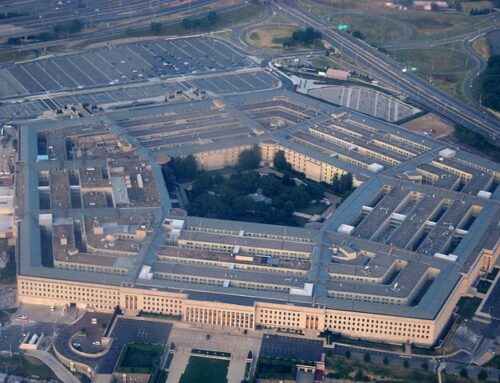The anti-missile flop over the Pacific Ocean earlier this month underscores the need for full operational testing before this unproven weapon system is deployed.
The first three of 19 scheduled tests for the missile defense system – the one upon which the Pentagon seeks to build a $60 billion defensive shield – has yet to function as planned.
Unfortunately, the failure of these missile tests hasn't disheartened the program's backers. Just days after the embarrassing miss of the most recent test, the Senate rejected a requirement that future tests be conducted under realistic conditions.
After weeks of promoting the importance of the latest test and spending $100 million, it wasn't even the intercept technology that failed, but the separation mechanism on the booster rocket. The device is a well-developed technology used in rockets that have successfully launched satellites and missiles for decades. The test highlighted the frailty of such a complex weapon system, even in the carefully controlled testing environment.
A second failure of the same test occurred when the target of the interceptor malfunctioned and a polyester balloon accompanying the simulated warhead as a decoy never inflated. The balloon was the only decoy on the test warhead. The supposed decoy was also of a different shape and brightness from the warhead – the interceptor's infrared sensor would have easily been able to tell them apart. In other words, the test was rigged and it still failed to work.
The test failures are a massive setback in the Pentagon's effort to demonstrate that the National Missile Defense (NMD) system works in time for President Clinton to decide whether to proceed with its initial deployment before he leaves office.
If President Clinton decides to go forward with initial deployment, the NMD system would be in violation of Operational Test and Evaluation (OT&E) requirements passed into law with bi-partisan support in 1983. The OT&E law requires that all new weapons systems pass operational tests before proceeding beyond low-rate initial production, unless the President decides to waive the law, which he can do in dire circumstances.
The Pentagon has yet to prove that the system's technology will actually work. The missile defense system is nowhere near developed enough to begin construction.
Any NMD system that is deployed must work. U.S. national security and the estimated $60 billion in taxpayers' dollars for NMD development and deployment are too precious to gamble on an unproven system. The only way to ensure a viable system is if Congress and the President commit to rigorous operational testing standards under realistic conditions.











Get Social